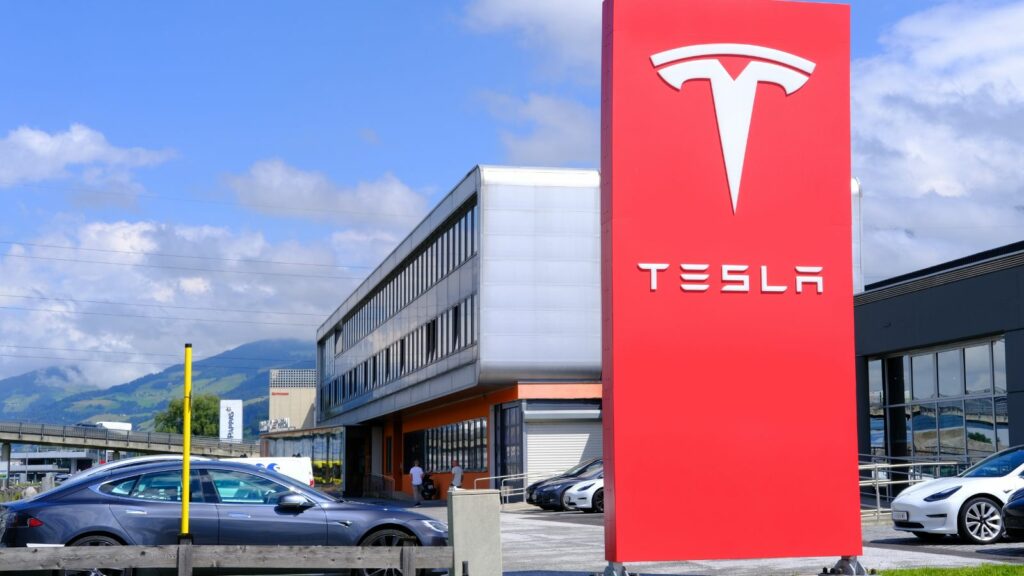Tesla has built its reputation as the world’s most influential electric carmaker, but behind the sleek designs and futuristic technology lies a straightforward business question. How much does it really cost Tesla to build each car, and how profitable is the company once all the expenses are factored in? From raw materials and labor to research and development and massive capital investments, the cost structure of Tesla is far more complex than the sticker price might suggest. Let us take a closer look at what it costs Tesla to put a Model 3, Model Y, Model S, or Model X on the road, and what those numbers reveal about the company’s true profitability.
The Cost of a Tesla Model 3
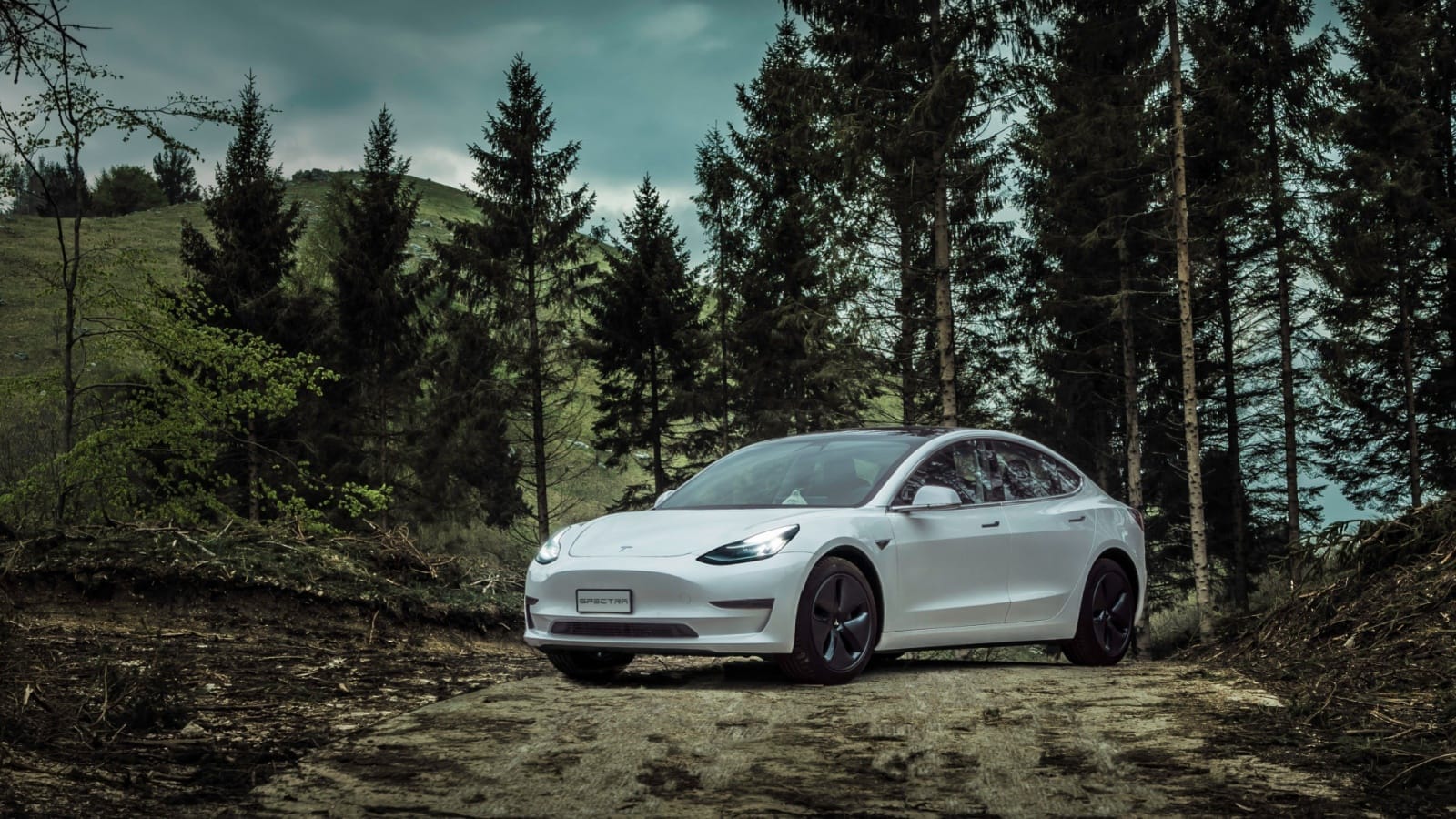
The Model 3 is the car that put Tesla into the mainstream and continues to be the foundation of its global success. Analysts estimate it costs Tesla between 35000 and 38000 dollars to build each Model 3 when accounting for materials, labor, and logistics. The battery pack makes up the single largest portion of that expense, often representing nearly one third of the total cost.
With an average selling price ranging from 42000 to 46000 dollars, the Model 3 once carried profit margins of around 15 to 20 percent. Those margins, however, have tightened in recent years as Tesla has aggressively cut prices to remain competitive against other automakers entering the EV market. While it is still profitable, the Model 3 is no longer the cash cow it once was, though its role as Tesla’s entry-level model ensures it remains vital to the company’s survival.
The Cost of a Tesla Model Y
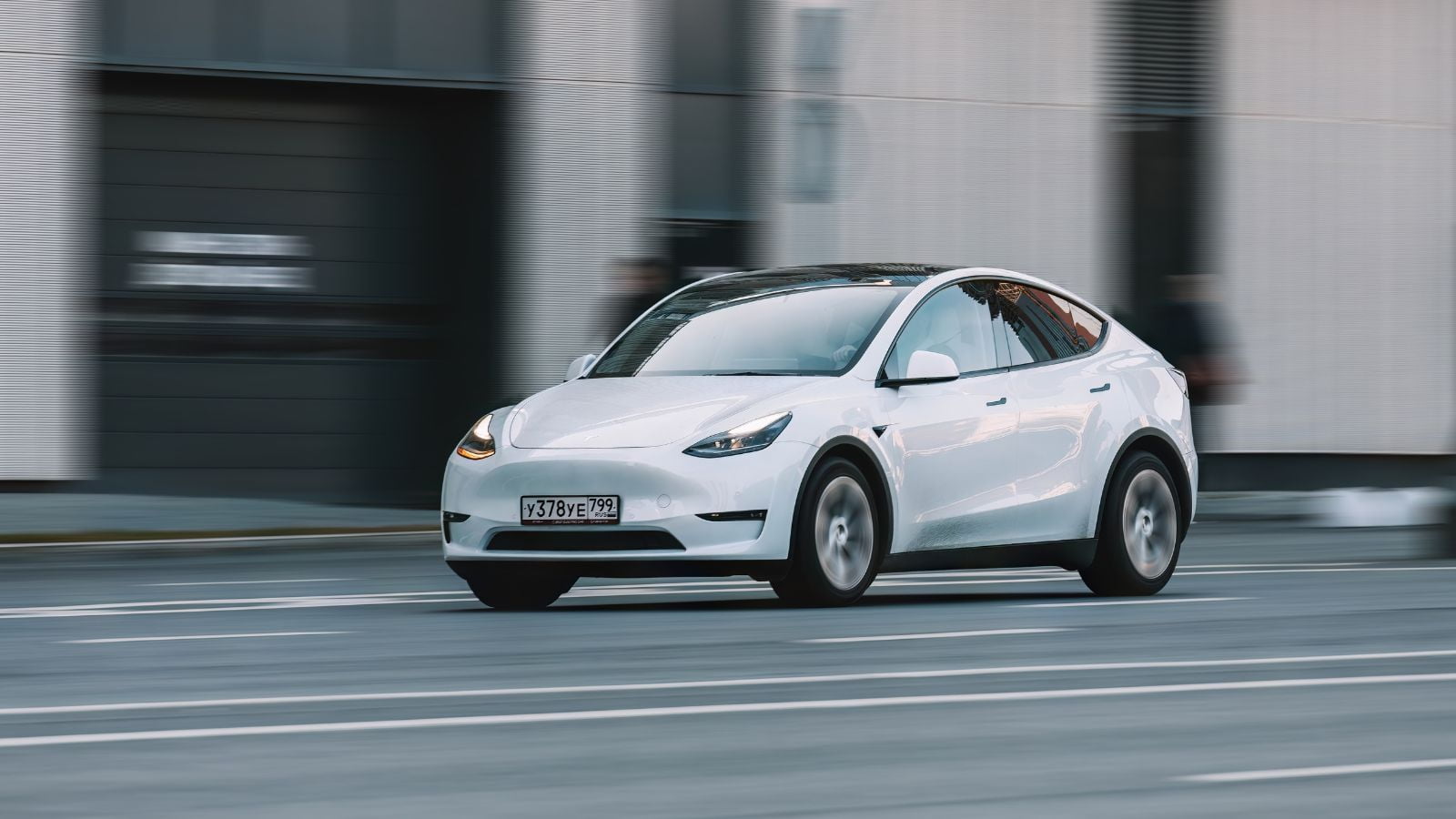
The Model Y has become Tesla’s best selling vehicle and a global phenomenon thanks to its blend of practicality, performance, and price. Production costs are slightly higher than the Model 3, estimated at 39000 to 41000 dollars per unit. That added expense comes from its larger body, more interior space, and additional complexity.
Despite that, the Model Y also sells for more, often between 47000 and 52000 dollars. This allows Tesla to enjoy its strongest margins on the Model Y, sometimes climbing above 20 percent before accounting for broader company expenses like R&D. For Tesla, the Model Y is the workhorse that keeps profits steady and operations expanding. It is no exaggeration to say the Model Y is currently Tesla’s most important vehicle.
The Cost of a Tesla Model S
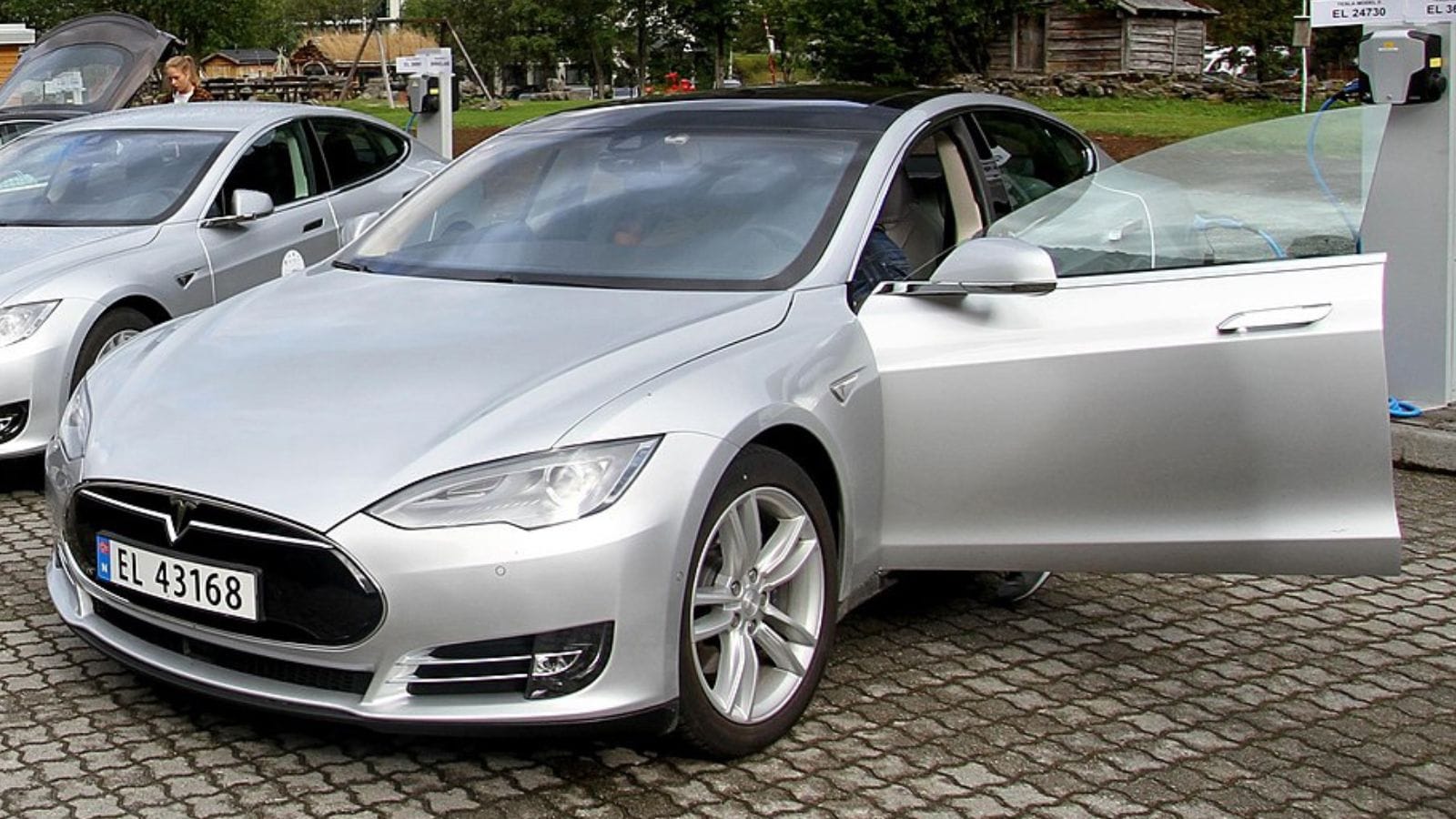
The Model S is Tesla’s flagship sedan, the car that proved electric vehicles could be luxurious, fast, and aspirational. But all of that comes with high costs. Analysts estimate the Model S costs between 65000 and 70000 dollars to build, largely due to its high performance battery packs, premium interiors, and advanced suspension systems.
Although the Model S sells for a premium price ranging from 75000 to 90000 dollars or more, its margins are slimmer compared to Tesla’s mass market offerings. Often, margins fall below 10 percent once costs are factored in. The Model S may not be Tesla’s most profitable vehicle, but it continues to play an essential role as a halo product that keeps the brand at the cutting edge of technology and performance.
The Cost of a Tesla Model X
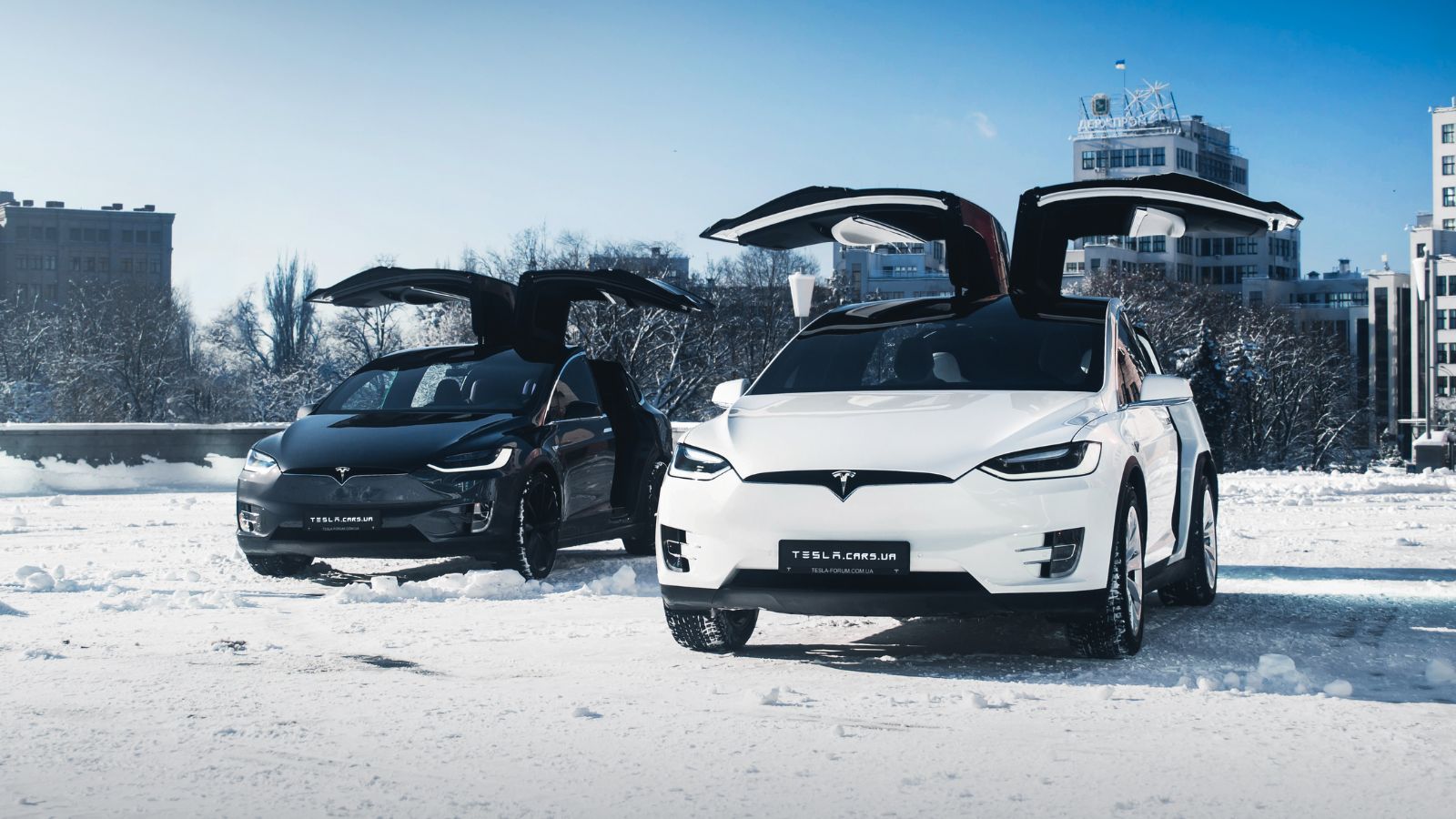
The Model X is Tesla’s luxury SUV and the most expensive vehicle in its lineup to build. With its distinctive falcon wing doors, large battery packs, and upscale materials, production costs are estimated at 72000 to 80000 dollars per unit. Selling prices range from 80000 to 100000 dollars, which leaves Tesla with relatively modest margins.
The complexity of the Model X is its greatest weakness. The unique doors require costly engineering and frequent adjustments in production, while its heavy batteries and premium features drive costs higher. Like the Model S, the Model X functions more as a showcase of Tesla’s ambition and image than a consistent profit generator.
Research and Development and Capital Expenditures
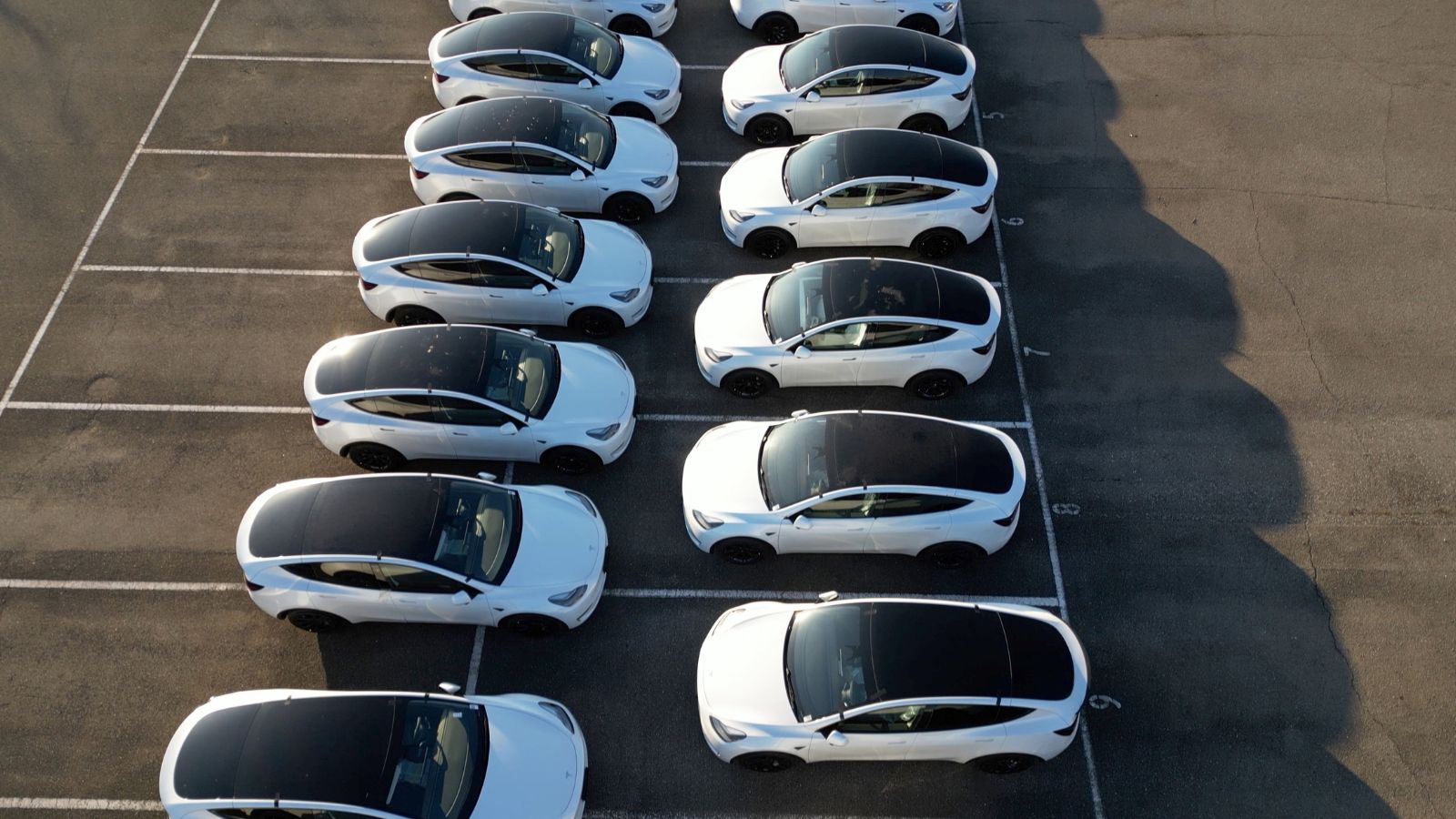
Producing Teslas is about far more than just raw material and labor costs. Tesla spends billions every year on research and development to refine its batteries, improve autonomous driving software, and increase production efficiency. In 2023 alone, Tesla invested more than 3 billion dollars in R&D. These investments are critical for keeping Tesla ahead in a rapidly growing EV market.
Capital expenditures are equally significant. Building and operating massive Gigafactories, developing new production lines, and scaling operations worldwide requires billions in ongoing spending. These costs are spread across every vehicle Tesla sells, which means that even vehicles with strong gross margins are less profitable when viewed in the context of Tesla’s larger financial picture.
Is Tesla Actually Profitable
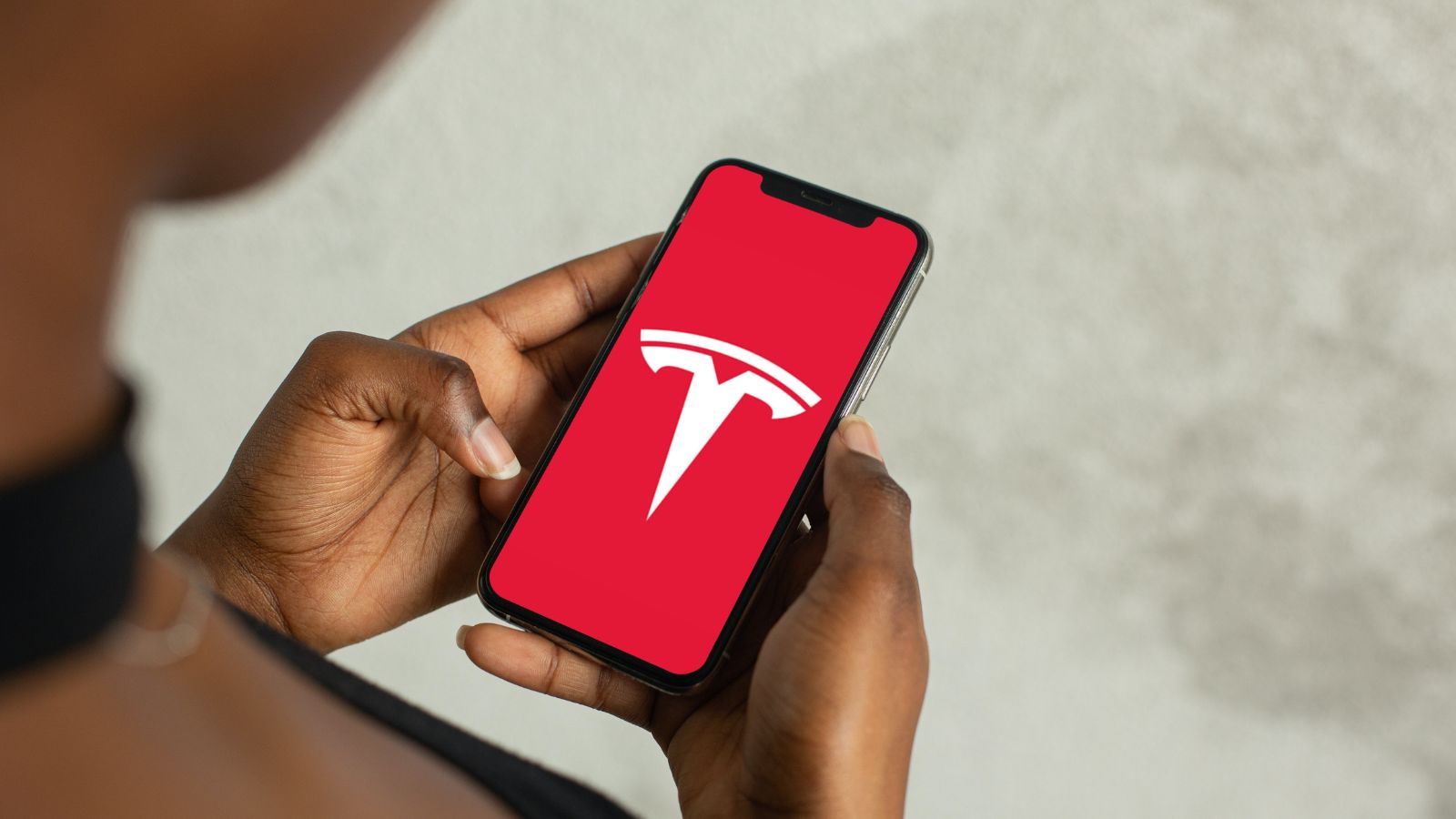
The short answer is yes, but the longer answer is more complicated. Tesla was once celebrated for achieving margins that reached nearly 25 percent in 2022, far higher than traditional automakers who often operate at single digit margins. However, as competition in the EV market has grown more intense, Tesla has been forced into a price war that has chipped away at those numbers.
By 2023 and 2024, Tesla’s profit margins had dropped closer to 15 percent. That still places it above many rivals, but it also reflects how fragile profitability can be when the market demands lower prices. The Model 3 and Model Y remain the core profit engines, while the Model S and X bring prestige but slimmer returns.
Tesla’s profitability also depends heavily on economies of scale. By producing massive numbers of Model Ys and Model 3s across its Gigafactories, the company can spread its R&D and capital costs more effectively. Without high volume sales, profitability would be far less certain.
Looking Ahead at Tesla’s Financial Future
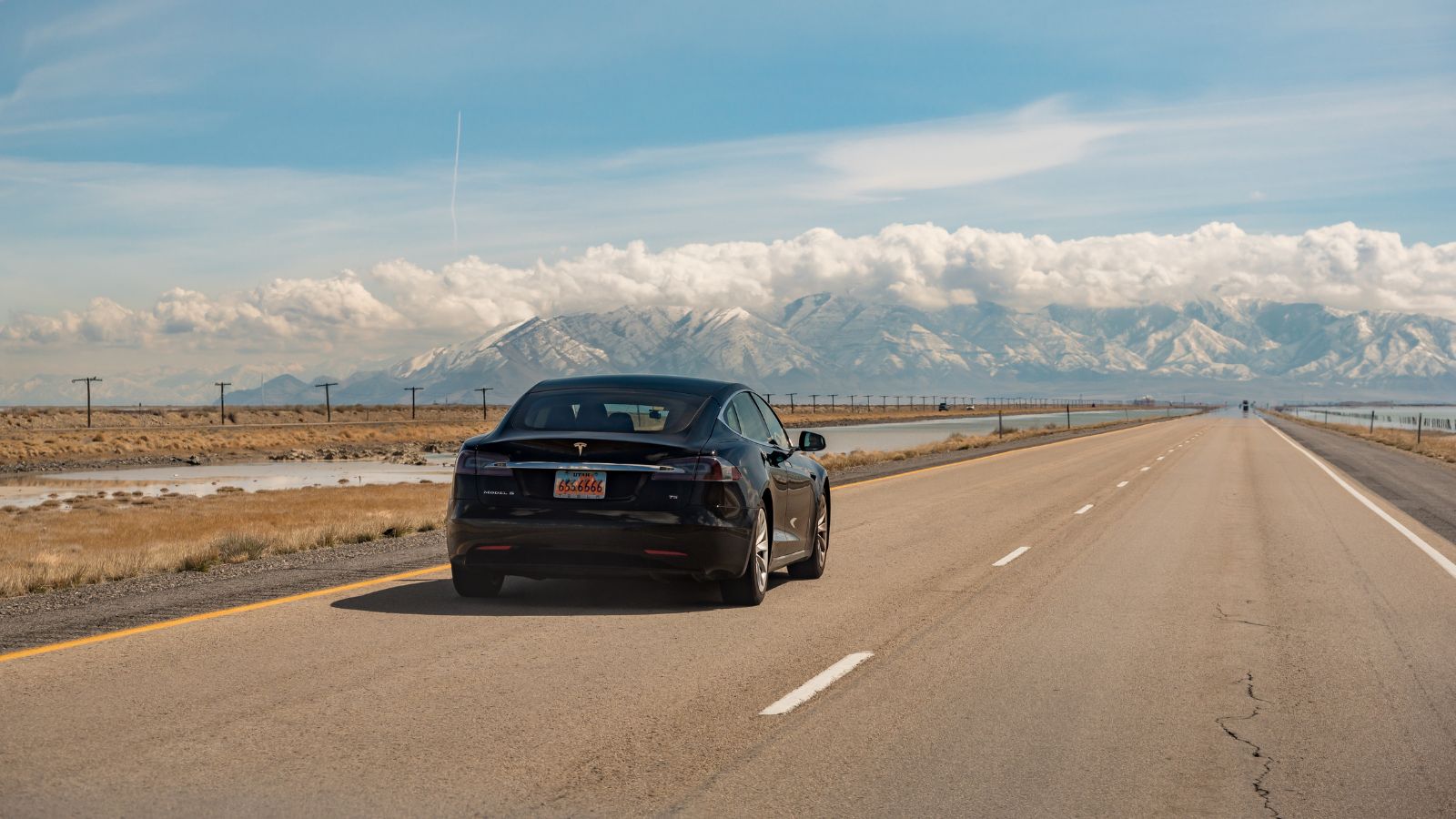
Tesla’s business model is a delicate balancing act. On one side, it has strong gross margins on its mass market cars thanks to efficient production, high volume, and steady demand. On the other side, relentless spending on research, charging infrastructure, new factories, and experimental projects continues to eat into those margins.
The future of Tesla’s profitability will hinge on lowering battery costs, expanding its Megafactory network, and maintaining its competitive edge as legacy automakers and startups flood the EV market. If Tesla can maintain efficiency while fending off competition, it can remain a profitable leader. If not, shrinking margins may become a bigger concern as the industry catches up.
The Balance Sheet
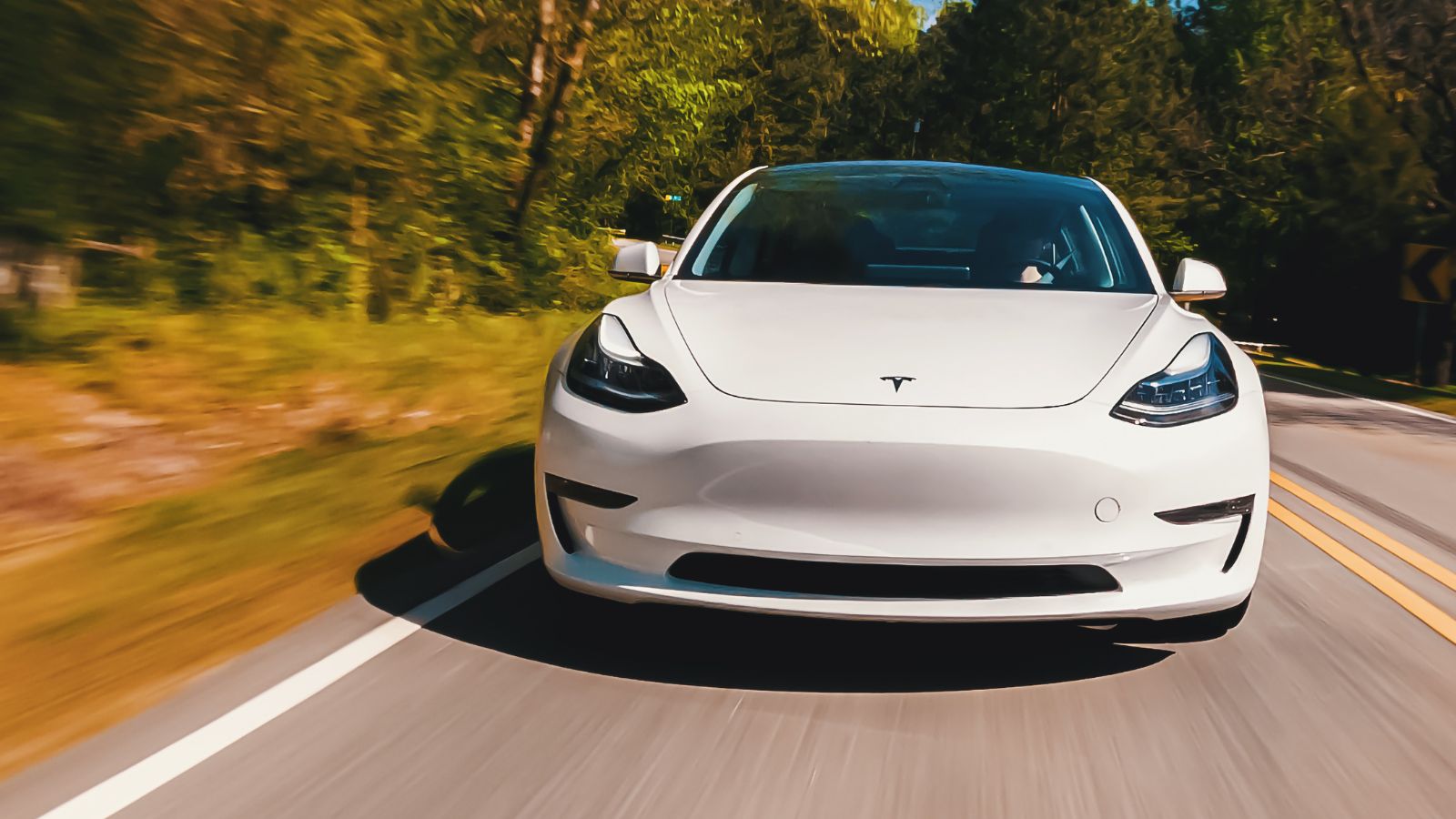
Every Tesla on the road reflects more than just futuristic styling and cutting edge engineering. It also represents Tesla’s gamble to scale production, dominate the EV market, and invest heavily in the future. The Model 3 and Model Y are the reliable profit makers, while the Model S and X showcase technology and luxury more than profitability.
Tesla remains profitable today, but the balance is delicate. High research costs, massive capital projects, and price pressures from rivals could make the next decade far more challenging than the last. Buyers may see their Teslas as sleek and efficient electric cars, but for Tesla itself, each car is also part of a larger financial equation that is constantly evolving.
25 Facts About Car Loans That Most Drivers Don’t Realize

Car loans are one of the most common ways people fund car purchases. Like any other kind of loan, car loans can have certain features that can be regarded as an advantage or a disadvantage to the borrower. Understanding all essential facts about car loans and how they work to ensure that you get the best deal for your financial situation is essential. Here are 25 shocking facts about car loans that most drivers don’t realize:
25 Facts About Car Loans That Most Drivers Don’t Realize
